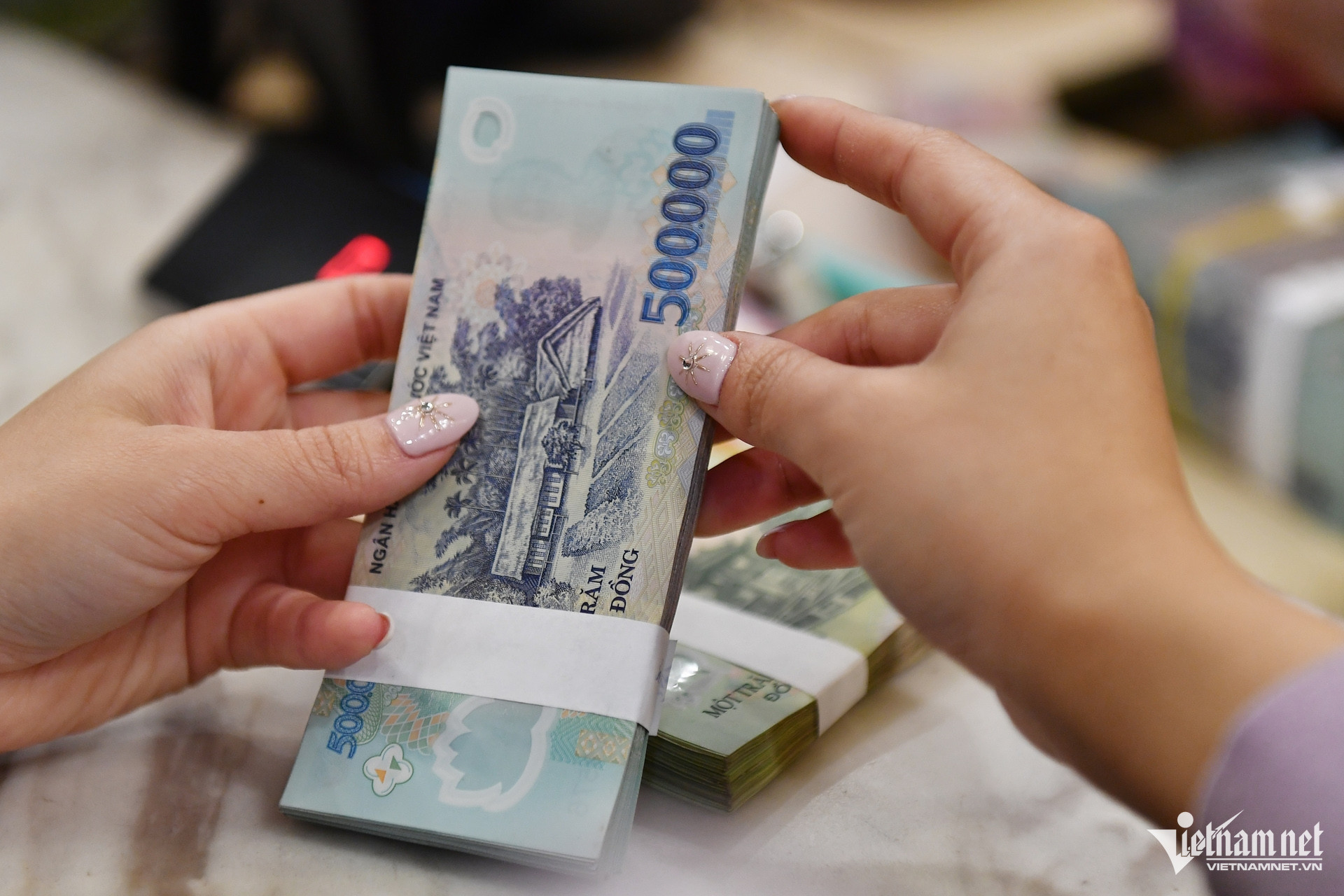
In the draft new PIT Law, the Ministry of Finance suggests two options to revise the progressive PIT schedule, reducing the number of tax brackets and widen the income gaps between tax thresholds.
In both options, the minimum tax rate of 5 percent applies to taxable monthly income of VND10 million (after deductions for dependents and other taxable expenses). The maximum tax rate would be 35 percent, applied to taxable income above VND80 million (Option 1) or VND100 million and above (Option 2).
Nguyen Quang Huy of Nguyen Trai University commented that reducing the tax brackets from seven to five in the draft law is a step forward in tax reform.
Reducing the scale to 5 levels helps reduce complexity, makes it easier to access and calculate. In particular, it avoids “breaking the income level”, which often causes people to avoid increasing their income for fear of falling into higher tax brackets.
Regarding Option 1, Huy noted that it leans toward equitable redistribution, with smaller tax bracket increments for middle to upper-middle incomes (VND30-80 million). This serves the goal of redistributing income, where higher earners contribute more.
“However, this could create a perception that a slight income increase leads to a sharp rise in tax liability, potentially affecting workers’ feelings, especially those striving to reach upper-middle income levels. The middle class - the backbone of the economy -may feel the tax burden growing faster than their income,” Huy explained.
In contrast, Option 2 widens the gaps between tax brackets, particularly for incomes from VND30-100 million/month. This allows workers, experts, managers, and entrepreneurs to earn more without facing higher taxes too soon.
Huy believes a reasonable tax schedule with fewer jumps encourages honest declarations, a key factor for sustainable budget revenue without stringent enforcement.
While favoring Option 2, Huy stressed that the taxable income threshold of VND10 million/month no longer matches urban living costs.
“The threshold could be raised to VND12-15 million/month to ease the tax burden on low-income earners. Additionally, tax policies should integrate with social welfare, education, and healthcare policies. Those with young children, home loan repayments, or elderly parents should receive reasonable deductions, reflecting a spirit of sharing and encouraging family responsibility,” Huy said.
35 percent or 25 percent?
Nguyen Ngoc Tu, a lecturer at Hanoi University of Business and Technology, noted that the two proposed progressive tax schedules by MOF offer little change.
Although both options reduce the tax brackets from seven to five, Tu pointed out that the highest tax rate remains very high at 35 percent. Option 2 slightly adjusts by applying the highest rate to taxable income above VND100 million.
“PIT rates have remained unchanged over the last 20 years. Meanwhile, corporate income tax, a comparable tax type, has been reduced four times—from 28 percent to 25 percent, then 22 percent, 20 percent, and now 15-17 percent for small and medium enterprises. Personal income tax rates, however, have barely moved,” Tu said.
He said in 2007 a monthly income of VND80 million was equivalent to about $6,000-7,000 at the exchange rate then—a high figure more typically earned by foreign experts. At that time, a Vietnamese CEO’s salary was commonly VND50-60 million/month.
Today, VND80 million is only equal to $3,000. This amount is insufficient for sending children to study in Western countries, where education costs can reach VND100 million/month.
Thus, Tu proposed reducing the maximum tax rate from 35 percent to 25 percent, divided into five brackets: 5 percent, 10 percent, 15 percent, 20 percent, and 25 percent.
Additionally, he suggested raising the highest income threshold in the tax schedule from VND80 million to about VND200 million/month, a 2.5-fold increase.
Tu also warned that excessively high tax rates could weaken Vietnam’s competitiveness in attracting talent. In many countries, a 35 percent tax rate applies only to very high earners, around $20,000/month, while citizens there also benefit from free education and healthcare.
The PIT Law was passed by the National Assembly in 2007 and has been amended three times. After 18 years, some of the content of this law is no longer suitable to the current socio-economic context, requiring a more comprehensive amendment.
Many people say that waiting until the end of 2026 to amend the personal income tax is too long because the tax law affects the lives of millions of families. Most taxpayers hope the law will be prioritized for amendment sooner.
Nguyen Le